The sun may clock out—but your garden doesn’t have to. While others fade into the shadows, these plants light up the evening like stars at a backyard gala. They glow, they shimmer, they throw fragrance like a flirt across the fence. We’re talking pale petals that catch the moonlight, blooms that open after dark, and silhouettes that turn every sunset into a spotlight. So if your garden’s daytime drama is strong but the nights fall flat, it’s time to meet the ten plants that come alive when everyone else goes to bed.
Night-Blooming Jasmine
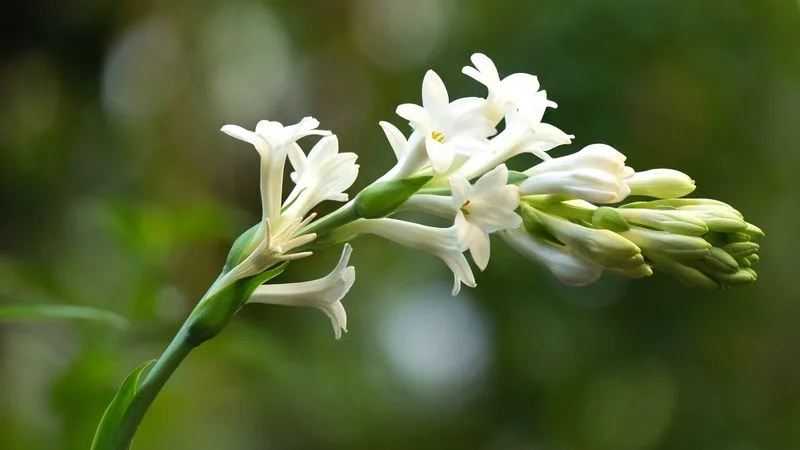
Enveloped in the sweet scent of Night-Blooming Jasmine, evenings turn into enchanted moments. This plant, known for its intoxicating fragrance, blooms as the sun sets. Each white blossom opens wide only at night, releasing its rich perfume into the cool air. Nestled amid its lush green foliage, it becomes a nocturnal centerpiece. Nighttime pollinators, including certain moths, find it irresistible. Did you know? In tropical climates, it’s often found near patios and balconies, ensuring its aroma graces evening gatherings. This jasmine thrives in warm environments, making it a favorite in gardens where summer never ends.
Moonflower
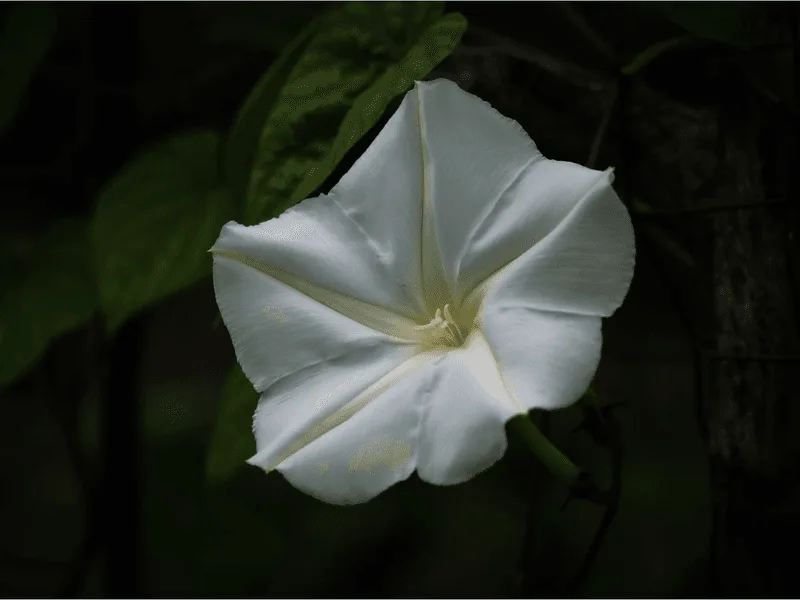
With petals that unfurl as dusk falls, the Moonflower captivates with its ghostly beauty. Each bloom resembles a full moon, glowing gently in the dark. Its size is impressive—each flower can reach up to six inches across. Twilight sets the stage for its opening act, a spectacle cherished by both humans and night-flying insects. Historically, Moonflowers have been planted near night patios to enhance evening ambiance. Their vines, draped elegantly over trellises, create living curtains. As stars appear, these blooms become luminous points, turning gardens into celestial landscapes.
Evening Primrose
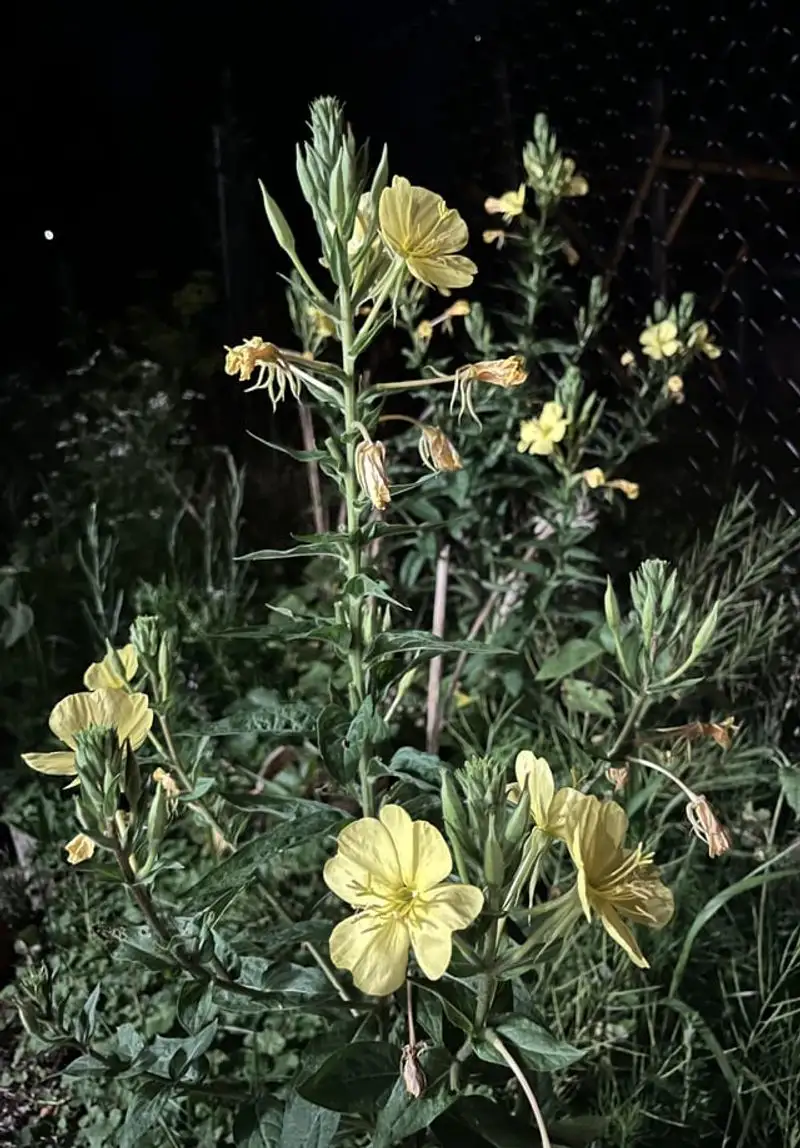
Evening Primrose is a master of transformation, as its petals open swiftly with the setting sun. A pioneer of nocturnal beauty, it lights up gardens with bright yellow blossoms. Unlike other flowers, it opens within minutes, an event worth watching. Its sweet scent attracts nighttime pollinators, adding life to the garden after dark. Historically, Evening Primrose oil has been used for medicinal purposes. Its ability to adapt to various soils makes it a versatile addition to any garden, where it can thrive and spread its charm effortlessly.
Angel’s Trumpet

The enchantment of Angel’s Trumpet lies in its dramatic blooms, which dangle like chandeliers from its branches. These large, trumpet-shaped flowers open at dusk, each one infused with a mild, sweet fragrance. Often found in tropical gardens, Angel’s Trumpet adds a touch of exotic allure. Its flowers, which can be either white, pink, or yellow, are as hypnotic as they are beautiful. Caution is advised, as all parts of this plant are toxic if ingested. Despite this, its captivating presence is beloved among garden enthusiasts who admire its nighttime display.
Night Phlox
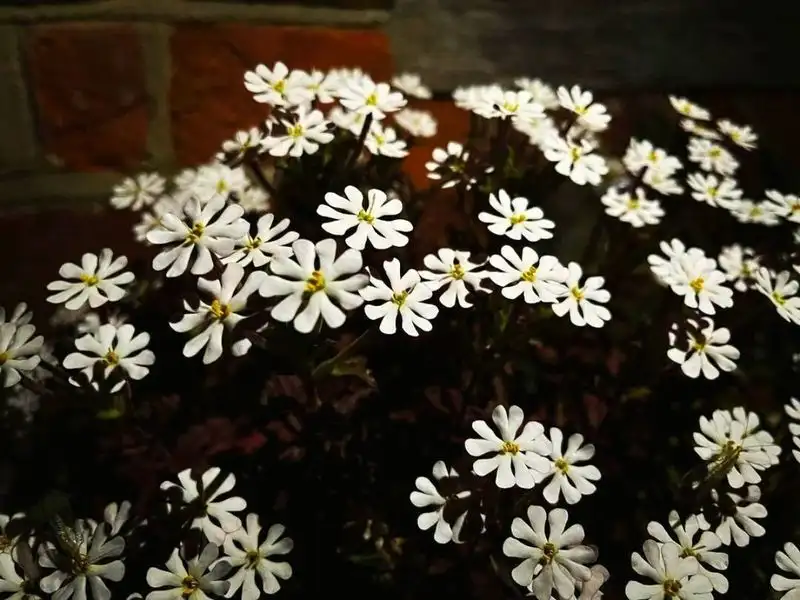
Known as the “Midnight Candy,” Night Phlox releases an alluring scent reminiscent of honey and vanilla. This charming plant opens its star-shaped blooms as night falls, showcasing a delightful blend of white and purple hues. Its fragrance attracts nocturnal pollinators, making it a vital part of the night garden ecosystem. The plant’s compact form allows it to fit into various garden settings, from pots to borders. Its intoxicating aroma and visual appeal create a sensory experience that entices anyone who wanders by after dark.
Datura
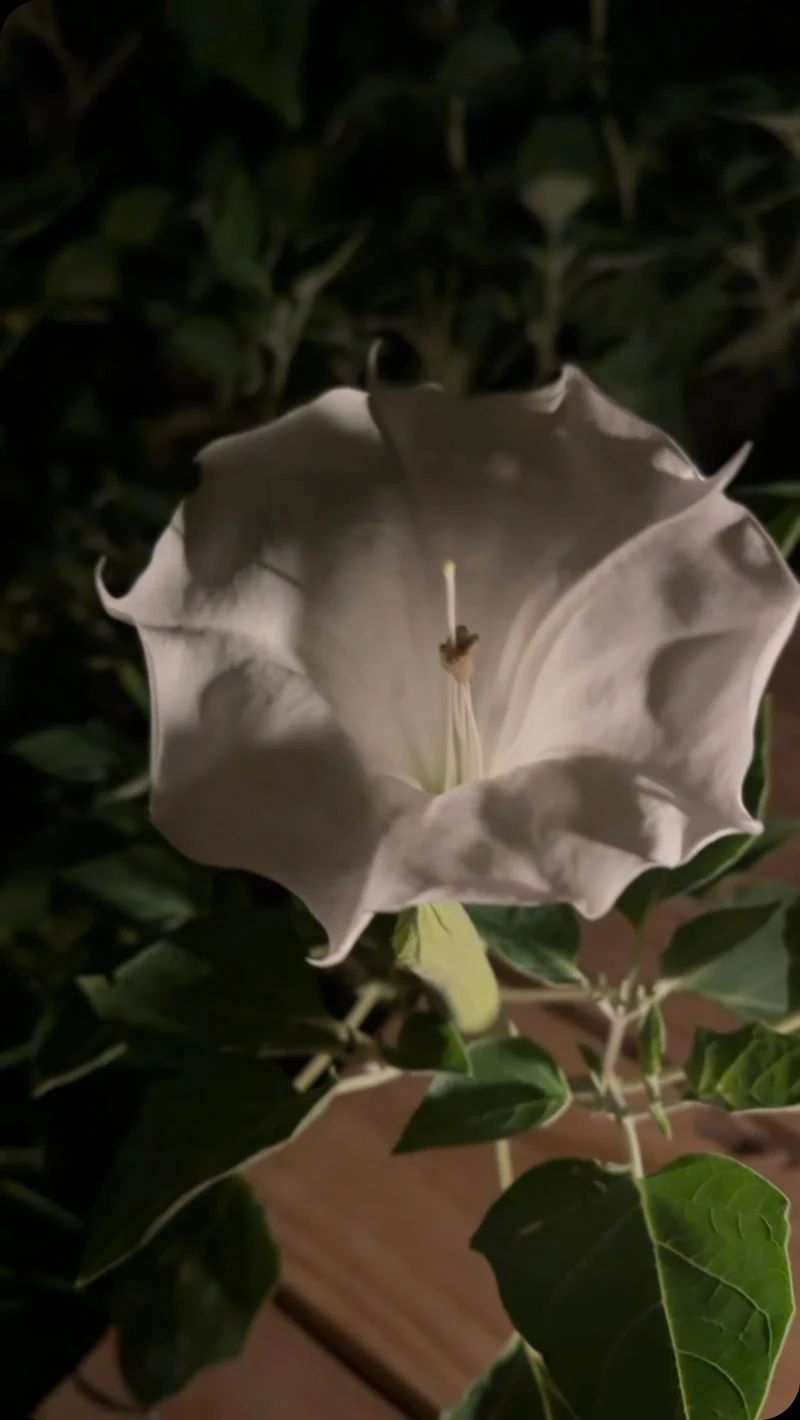
Datura stands out with its grand, trumpet-shaped blooms that unfurl as night descends. Known for its strong fragrance, it adds a mystical feel to any garden. Each flower is a spectacle, and its luminous white petals reflect moonlight beautifully. However, this beauty comes with a warning—all parts of Datura are highly toxic if ingested. Its historical use in spiritual rituals adds to its enigmatic aura. Gardeners treasure it for its dramatic nighttime presence, ensuring it remains a focal point in moonlit landscapes.
Queen of the Night Cactus
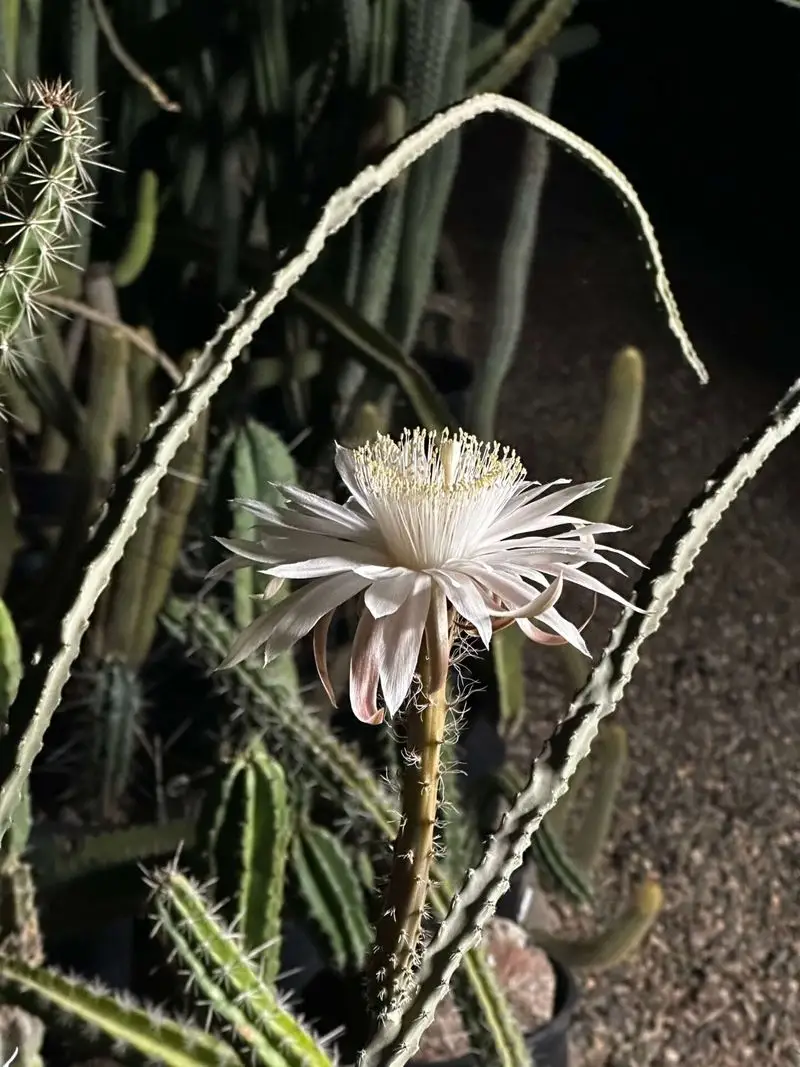
The elusive Queen of the Night cactus blooms only once a year, making its appearance an event. This cactus produces large, fragrant white flowers that open during the night, drawing admirers with their fleeting beauty. Nestled in its spiky green body, it stands as a testament to nature’s unpredictability. The flower’s brief life, often just a few hours, adds to its allure. Found in arid regions, it symbolizes endurance through harsh conditions. Witnessing its bloom is akin to watching a rare phenomenon, treasured by plant enthusiasts.
Night Gladiolus
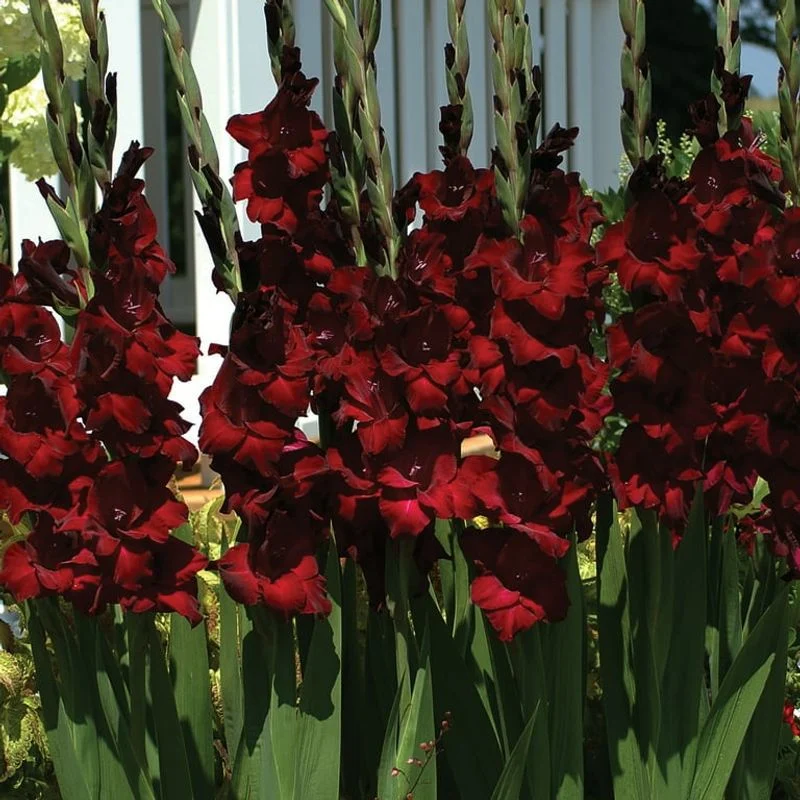
With a charm that emerges only under the cloak of darkness, Night Gladiolus is a true night-time gem. Its pale yellow blossoms, tinged with a subtle orange hue, open as the sun dips below the horizon. This captivating sight, enhanced by a surprisingly spicy fragrance, turns the quiet night into a serene spectacle.
In the stillness of the evening, the spicy fragrance of Night Gladiolus fills the air, inviting you to pause and breathe deeply. Its allure lies not only in its beauty but in the unexpected aroma that sets it apart from its daytime relatives.
A native of South Africa, this plant is a testament to the surprises of nature, offering a sensory experience that is both visual and olfactory. The delicate blooms sway gently in the night breeze, embodying elegance and mystery.
Tuberose
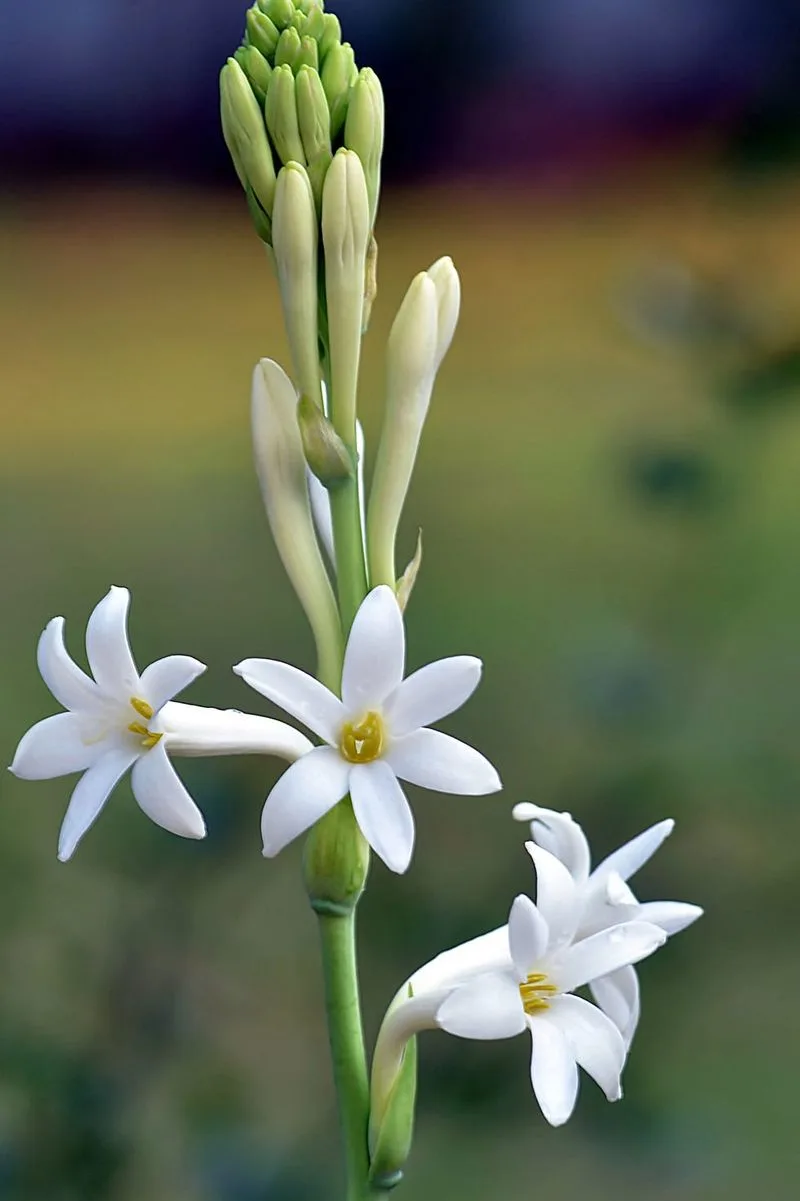
Tuberose graces gardens with its creamy white blossoms and enticing scent, a favorite in perfumery. Each flower spike rises tall, topped with fragrant blooms that allure as darkness falls. Its scent, both rich and sweet, can fill an entire garden. Historically used in traditional Hawaiian leis, Tuberose carries cultural significance. Its ability to thrive in warmer climates makes it a prized addition to Mediterranean-style gardens. As night deepens, its presence grows stronger, embodying both beauty and fragrance in the moonlit hours.
Four o’Clock Flower
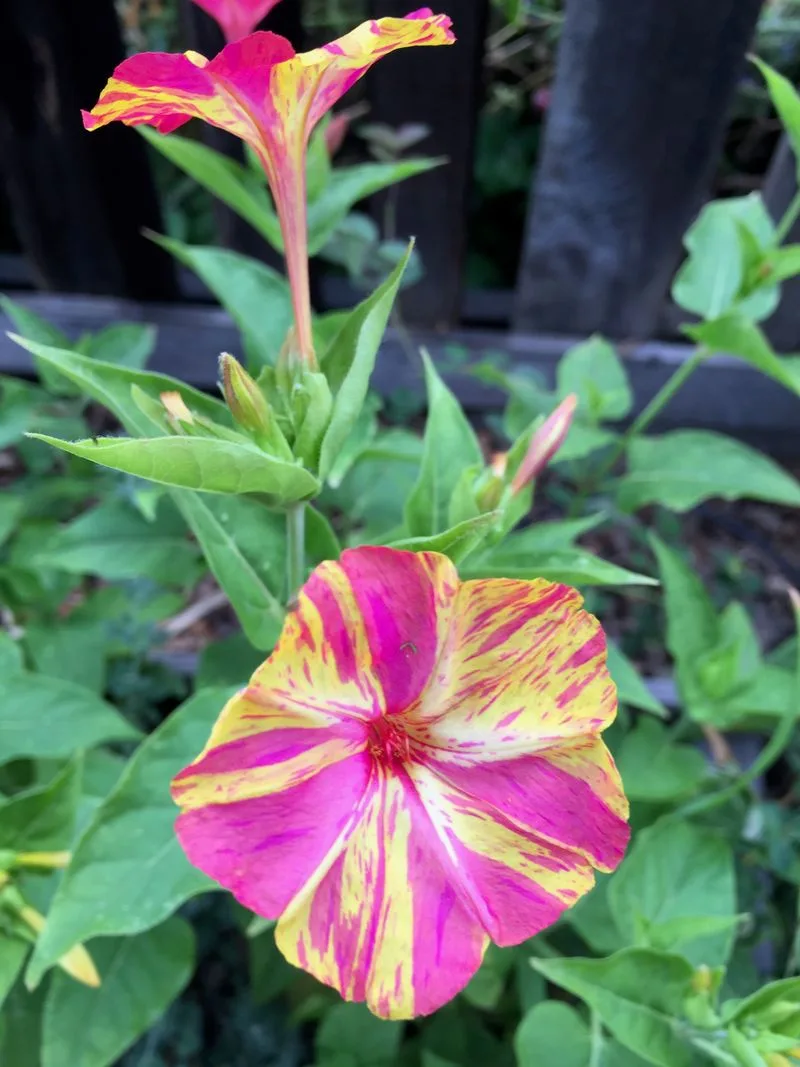
Four o’Clock flowers offer a colorful surprise with blooms that open in the late afternoon, continuing to brighten gardens well into the night. Their vibrant colors range from pink and red to yellow and white, often changing hues as they mature. Each flower adds a dash of excitement to evening scenes. Originating from tropical America, they thrive in sunny locales. These flowers have a unique ability to self-seed, ensuring their presence year after year. Their whimsical blooming pattern captivates gardeners, offering a lively display as day fades.

